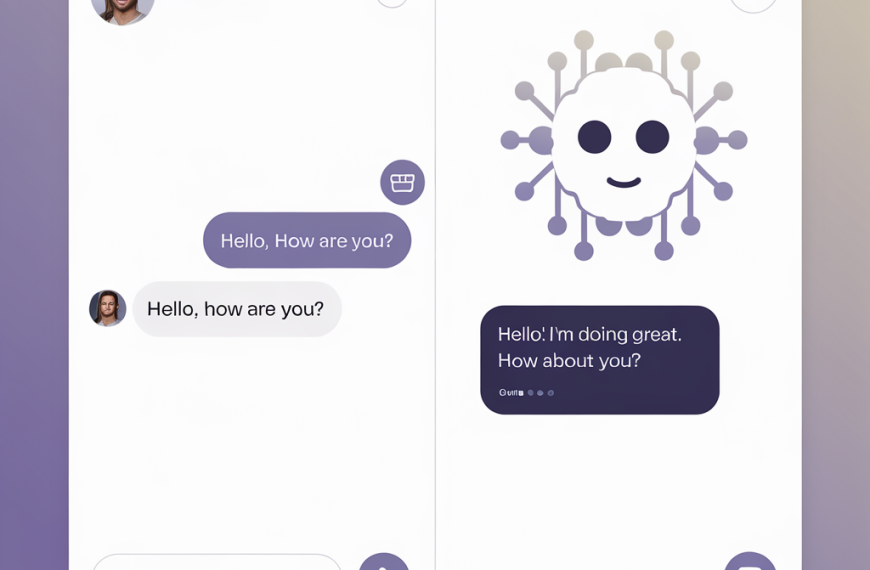Product-Led Growth in 2025: Why It’s More Important Than Ever
Introduction
In the rapidly evolving digital landscape of 2025, Product-Led Growth (PLG) has emerged as a pivotal strategy for businesses aiming to thrive. As consumers increasingly demand seamless, self-service experiences, PLG offers a compelling model where the product itself becomes the primary driver of customer acquisition, retention, and expansion. This blog explores why PLG is more important than ever, highlighting its evolution, benefits, challenges, and real-world success stories.
Definition and Explanation of Product-Led Growth (PLG)
Product-Led Growth is a business methodology where the product is the main vehicle for acquiring, converting, and retaining customers. Unlike traditional sales-led approaches, PLG focuses on delivering immediate value to users, allowing them to experience the product’s benefits firsthand. This strategy is particularly effective in the SaaS industry, where intuitive design and powerful functionality are paramount.
Current Trends and Statistics in 2025
In 2025, PLG metrics have shifted towards value-driven indicators rather than vanity metrics. Key trends include:
- Time to Value (TTV): The speed at which users realize value from the product has become a critical metric.
- Product Qualified Leads (PQLs): These are identified through user behavior analytics, providing a more accurate measure of potential customers.
- Feature Adoption Rates: Tracking how quickly users engage with new features helps in refining product offerings.
Companies are leveraging AI and machine learning to enhance these metrics, enabling predictive analytics and real-time decision-making.
Key Benefits of Adopting a PLG Strategy
- Lower Customer Acquisition Costs: By leveraging product virality and word-of-mouth, PLG reduces the need for extensive sales efforts.
- Faster Growth: Freemium models allow for early user engagement, leading to quicker growth.
- Higher Retention Rates: Delivering immediate value improves customer loyalty and reduces churn.
Challenges and Considerations for Businesses Implementing PLG
While PLG offers numerous advantages, businesses must navigate several challenges:
- Data Silos: Fragmented data across departments can hinder effective PLG implementation.
- Cultural Resistance: Shifting to a PLG model requires a change in mindset across the organization.
- Attribution Complexity: Understanding which product features drive growth can be challenging.
Case Studies of Successful PLG Implementations
- Klarna: This fintech company has transformed online shopping by focusing on user experience and quick time-to-value.
- Hopper: An online travel agency that uses data-driven improvements to enhance customer support and engagement.
- Linktree: A tool for creators that successfully employs a freemium model to drive user growth.
Conclusion
As we move further into 2025, Product-Led Growth continues to redefine how businesses approach customer acquisition and retention. By focusing on delivering immediate value and leveraging the product as the primary growth engine, companies can achieve sustainable growth and a competitive edge. Embracing PLG is not just a trend but a necessity for businesses looking to succeed in today’s fast-paced digital world.
Call to Action
Are you ready to transform your business with Product-Led Growth? Start by evaluating your product’s value delivery and explore how PLG can drive your growth strategy in 2025.

 By
By


